It's amazing how the Japanese manage to become known and respected by things seemingly simple, but made with care and respect for tradition. We saw this at the delicate art of assembling wood traditional sliding doors are made or when we talked about figurines Sasano Boriso appreciated that they are presented to the Prime Minister as a gift at his swearing-in ceremony. It's all about figurines again today. Namely, Kokeshi dolls, collected by connoisseurs of the genre from around the world.
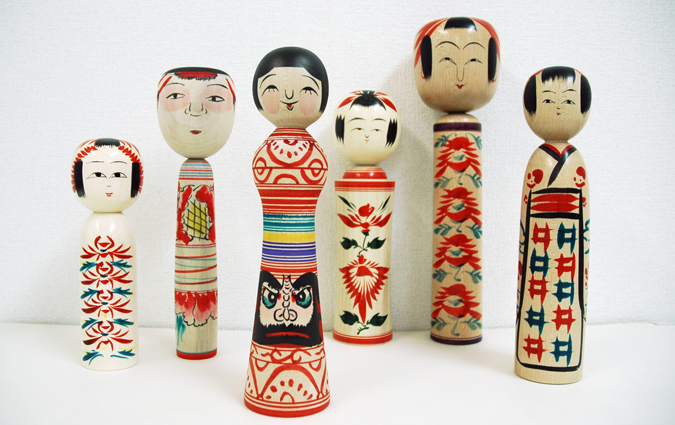
The birth of a tradition
Kokeshi dolls are specific to the Tohoku region of northern Japan. The area has been known for its resorts since ancient times. In the 17th century, master carpenters who made tea bowls and trays began making dolls in much the same way to sell as souvenirs to visitors to the resorts.
There are other variations of their appearance. It is believed that they were originally made as massage objects used in resorts. Other sources claim that the doll was made as a toy-charm to be given to children to protect them from harm and bring them good luck. Another possibility is that the dolls were given to women who lost a child, with the doll carrying on the child's spirit.
Whatever the reason for their creation, they are forever part of Japan's cultural heritage.
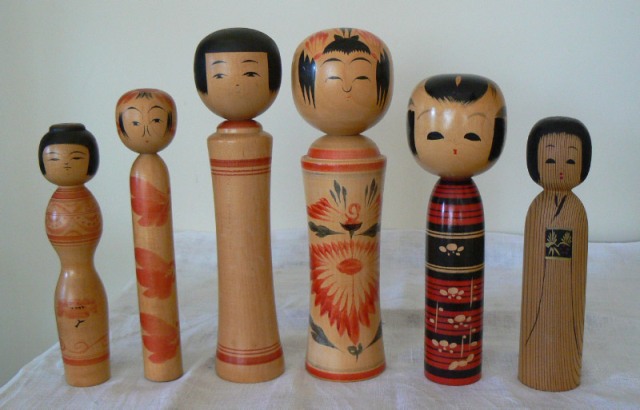
photo source: pittwateronlinenews.com
Simple but very expressive puppets
The toys are very simple and are made of wood by turning. The doll's body is simple, thin and straight, with no arms or legs. It suggests the body dressed in a kimono. The head is round and made separately from another piece of wood. It is well fixed, but can twist. Then there is a creaking sound similar to the whimpering of a child, hence the association with the child in popular belief.
Traditional dolls are painted red and black, rarely yellow. The painting is done by hand with fine brushes, like calligraphy. The facial features are made from a few lines, but each time the face has a different expression.
Each doll is unique, being different in some way from another, seemingly identical one.
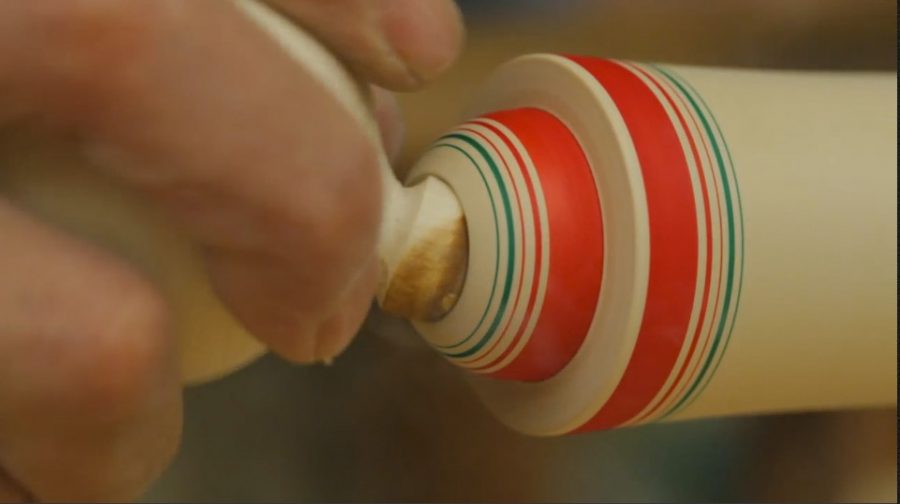
photo source: inspiremore.com
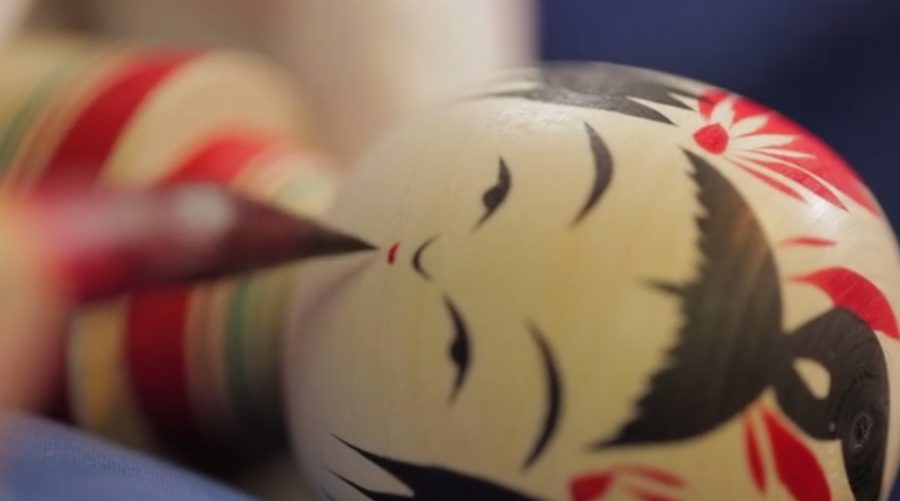
photo source: opsocl.com
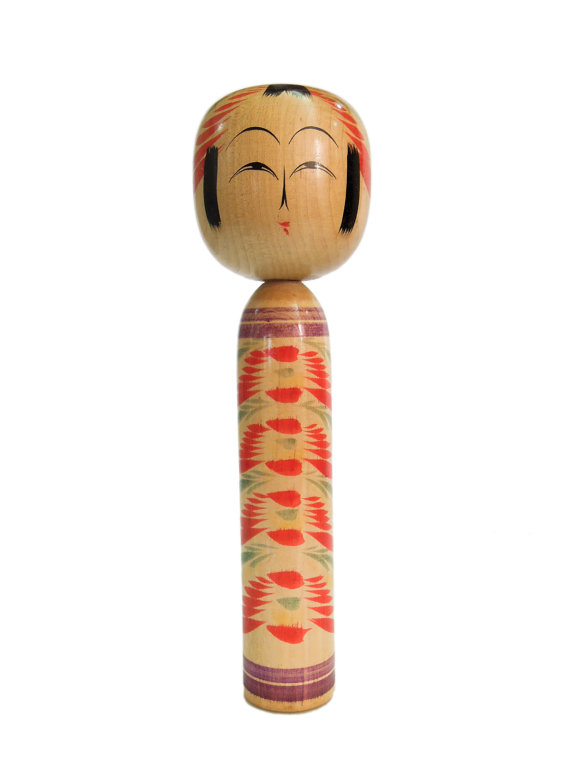
photo source: buzzle.com
Past and present in making Kokeshi dolls
The traditional doll is made from start to finish by a single person called a kokeshi-kojin. He is the one who chooses the shaft, cuts and dries it, then cuts out the right piece to be worked. After that, the wood is processed by turning to make the doll. In the past, two people were needed for turning. The master needed a helper who would twist the wood with a string wrapped around the piece of wood while he turned the wood.
After the mechanical work, the doll is painted and finished. In order to have a steady hand, the master does the operations the next day to rest. This explains why the figures made at the beginning of the day are more expressive than those made in the second part of the day.
The dolls are painted on their bodies with various flowers, plants, lines or other symbols. For traditional ones, the way they are painted shows the school and region where they were made, sometimes even the person. There are 11 recognised schools of kokeshi, each with its own style: Tsuchiyu, Yajiro-kei, Togatta, Naruko, Hijiori, Sakunami, Zao, Kijiyama, Nanbu, Yamagata and Tsugaru. They pass down the craft of doll making and the art of painting from generation to generation.
After World War II, modern dolls appeared - creative Kokeshi, due to their growing popularity. The design is no longer so rigid, the shapes are more rounded, reminiscent of the feminine silhouette. All sorts of colours are used and even some accessories, such as the umbrella.
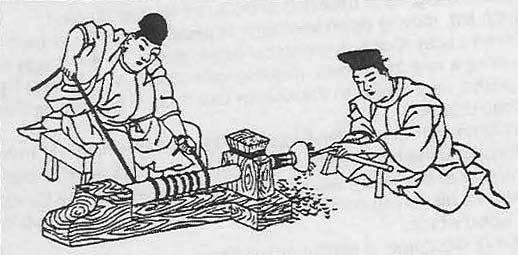
photo source: lesieexotique.com
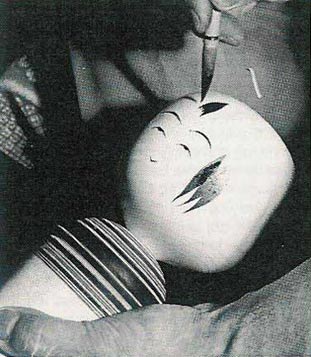
photo source: lesieexotique.com
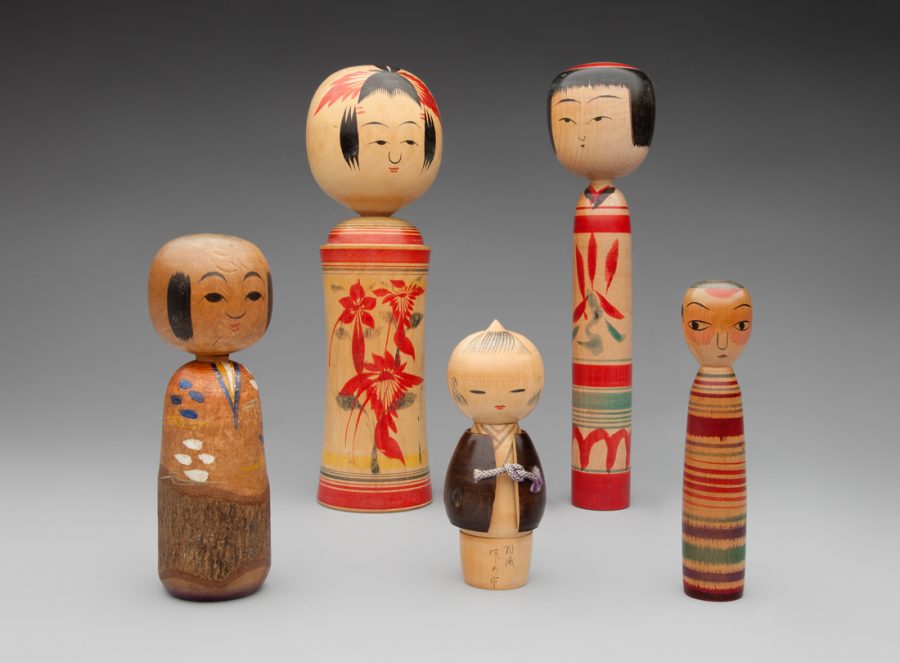
photo source: flysfo.com
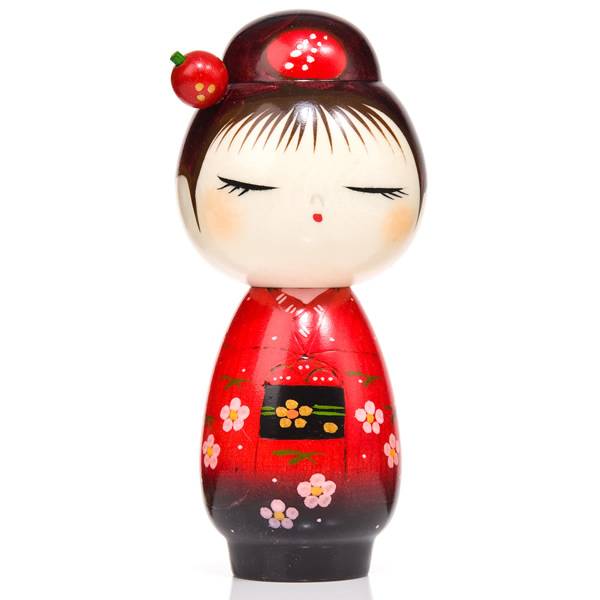
photo source: thejapaneseshop.co.uk
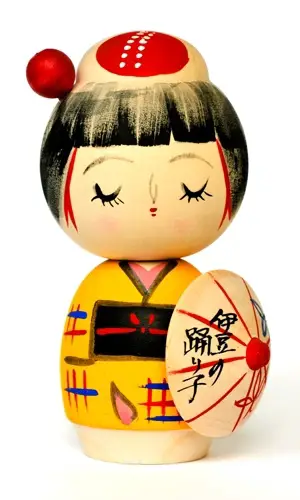
photo source: buzzle.com
Tohoku area masters
Kokeshi dolls are remarkable for their simplicity and expressiveness. There are still masters in the Tohoku area who make such traditional dolls. Unfortunately, the earthquake followed by the tzunami that devastated the area in 2011 forced many to relocate. Still, the tradition lives on in the area. Below, you can watch a kokeshi-kojin master at work.



















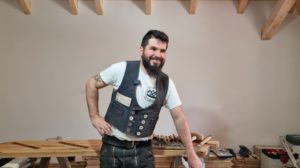

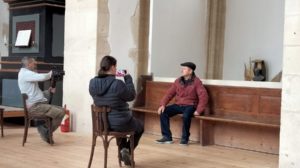
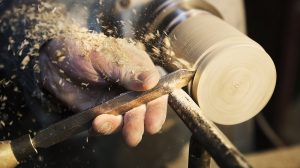

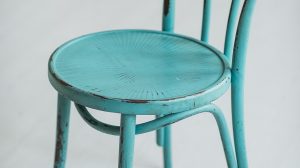


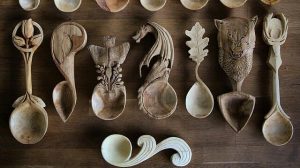

Add comment